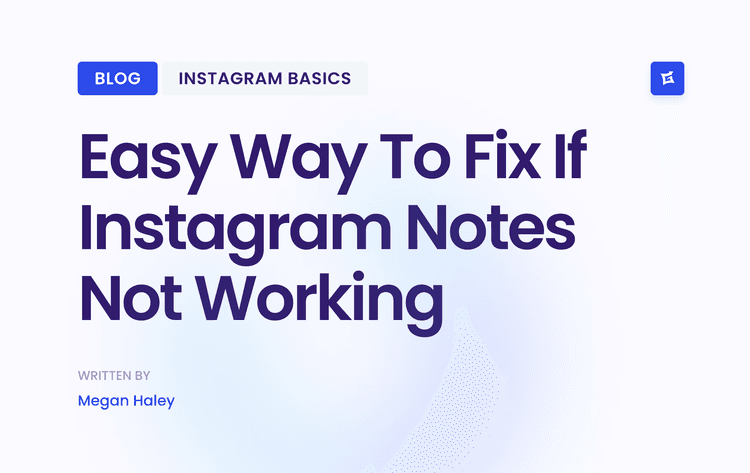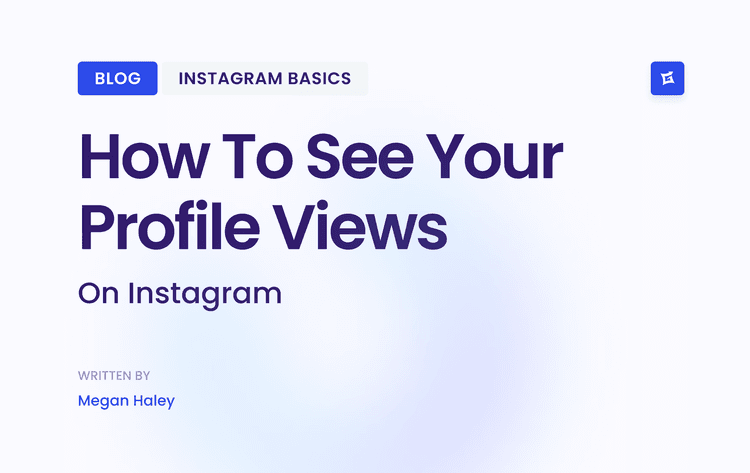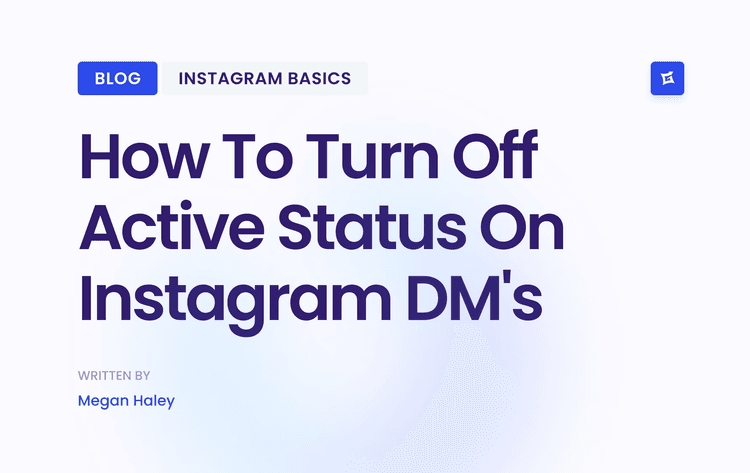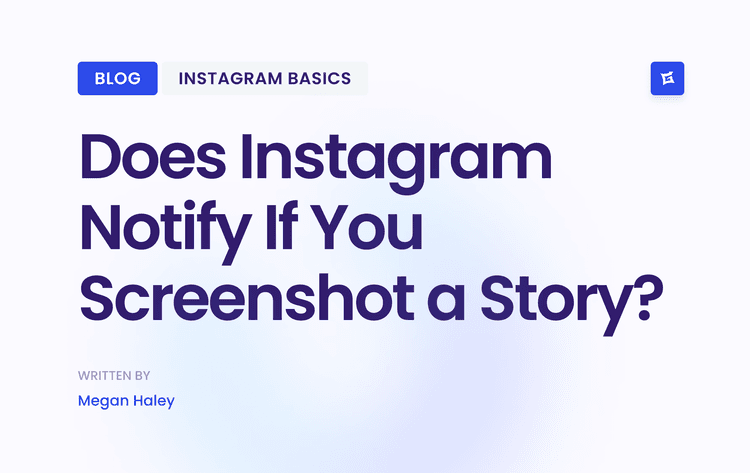What Is Social Media Distribution and Why It Matters Now
Think about it this way: you wouldn't spend weeks creating a masterpiece painting to lock it away in a dark storeroom, right? That’s exactly what happens when you create incredible content but have no plan for getting it in front of an audience.
Your social media distribution strategy is the vital delivery system for your work. It's what turns your content from a forgotten asset into a powerful engine for growing your brand. This isn't just about posting—it's about careful planning designed to make a real impact, whether you're trying to build awareness, find new customers, or drive sales.
The Modern Digital Environment
Let's be honest: the internet is a crowded place. There are an estimated 5.42 billion social media users around the world today, which is almost two-thirds of the entire global population.
The noise is deafening. With the average person juggling 6.83 different social networks every month, just showing up is no longer enough. To even have a chance of being seen, you need a smart, platform-specific distribution strategy. You can dig into more stats like these over at Sprout Social.
A strong distribution plan helps you:
Enhance Visibility: It stops your content from getting lost in the infinite scroll and puts it right where interested people will see it.
Boost Engagement: When you know the unwritten rules of each platform and what your audience wants, you can create content that people want to interact with.
Achieve Better ROI: A focused strategy links your daily social media tasks to real, measurable business results, proving that your hard work is paying off.
Core Components at a Glance
A truly effective strategy isn't just one thing; it's built on several pillars that all work in harmony. Getting a handle on these components is the first step toward building a plan that works. Each piece helps answer a key question about how you’ll get your message out there.
To help visualize this, we can boil down any successful distribution plan into four essential parts.
Core Components of a Social Media Distribution Strategy
This list offers a quick snapshot of the foundational elements that make up a winning strategy. We'll explore each of these in more detail, but this gives you a high-level view of how everything fits together.
Channels
Channels refer to the specific social media platforms you choose to share your content on, such as Instagram, TikTok, or LinkedIn. The main objective of selecting the right channels is to reach your audience where they are most active and receptive to your message.Content
Content includes the formats and types of posts you create and share—like videos, carousels, articles, or stories. The key goal is to align the content format with the platform’s nature and your audience’s expectations to ensure effective communication.Cadence
Cadence is about the frequency and timing of your posts, typically organized within a content calendar. The objective here is to maintain consistency and post when your audience is most likely to be active and engaged.Conversion
Conversion refers to the specific actions you want users to take after engaging with your content, such as clicking a link or signing up. The aim is to align your content distribution efforts with measurable business goals and outcomes.
Understanding these components helps shift your perspective from just posting to building a system.
> Key Takeaway: Your distribution strategy is not just about what you post, but the thoughtful system behind it. It’s the difference between shouting into the void and having a meaningful conversation with a receptive audience.
Ultimately, this entire approach goes hand-in-hand with a sharp social media targeting strategy. After all, knowing exactly who you're talking to is what informs every other decision you make.
Building Your Four-Part Distribution Framework
Let's be honest: a great social media distribution strategy doesn't happen by accident. It's not about luck or just randomly posting when you feel like it. It's a carefully built machine, and every single piece of content has a job to do.
To build that machine, you need a solid framework. This framework rests on four essential pillars: Channels, Content, Cadence, and Conversion. When you get these right, you stop just sharing things and start strategically engineering real growth and engagement.
Think of it like building a house. You wouldn't just show up with a hammer and some wood, right? You'd need a blueprint. This four-part framework is your blueprint for a social media presence that's stable, structured, and actually built to last.
Let's lay the foundation, one pillar at a time.
Pillar 1: Channels - Where You Distribute
First things first: you have to pick the right channels. This isn't about being everywhere at once. It's about being on the right platforms where your specific audience hangs out. I’ve seen so many brands waste time and money jumping on a trending app without asking if their customers are even there.
A brand trying to reach C-suite executives on LinkedIn is going to have a completely different playbook than one selling to Gen Z on TikTok. It seems obvious, but it's a mistake people make all the time.
Your choice has to be driven by knowing your audience inside and out. Where do they spend their time online? What kind of content are they looking for on that platform? Answering these questions first keeps you from shouting into an empty room.
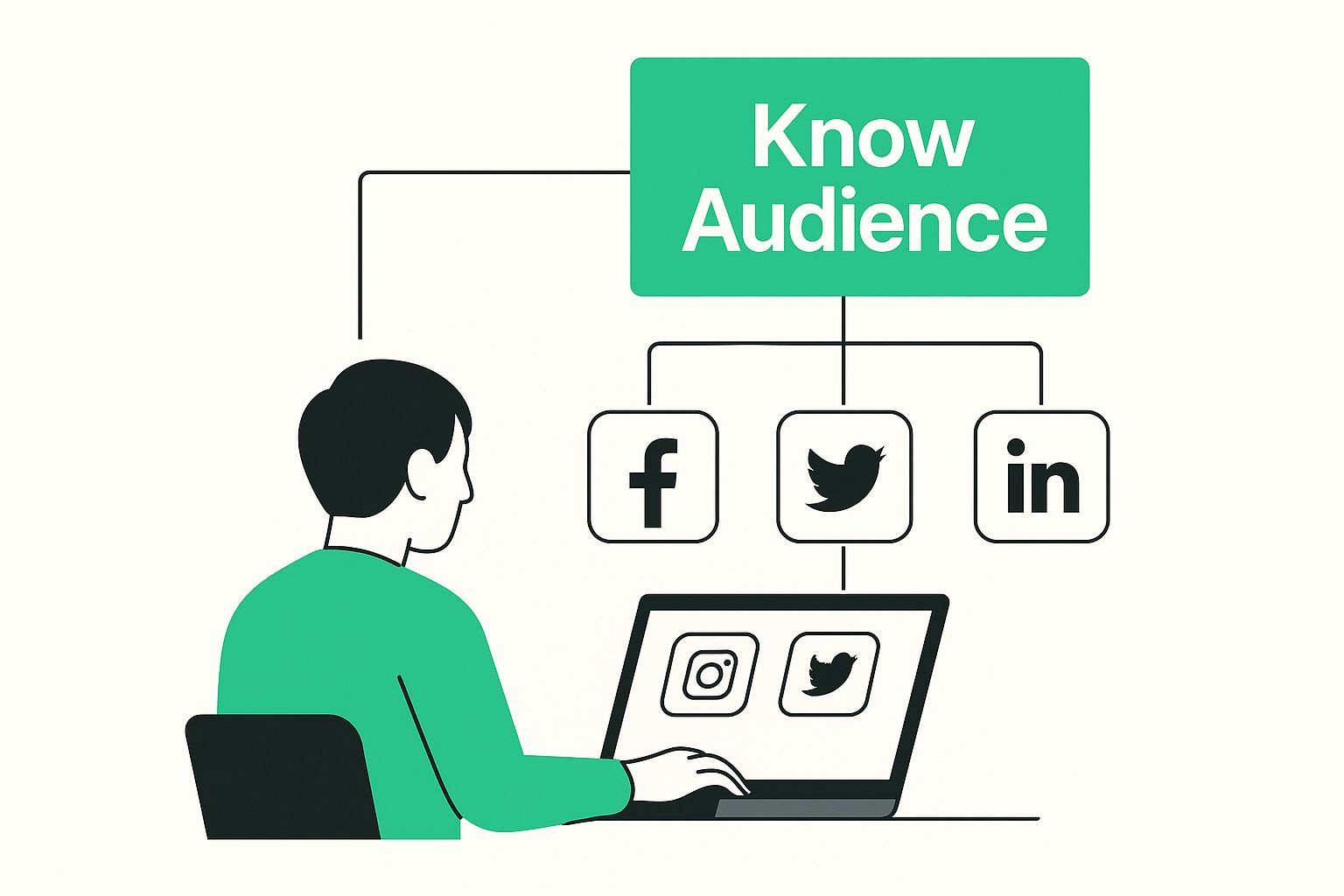
The big takeaway here is that you don't pick a platform and then look for an audience. You find your audience, and that tells you which platform to use.
Pillar 2: Content - What You Distribute
Okay, you know where you’re posting. Now, what are you going to share? Great content is the fuel that makes your entire distribution engine run. The smartest strategies don't involve creating brand-new content every single day. Instead, they focus on repurposing one core idea into lots of different formats.
This is how you squeeze every drop of value out of your best work.
For example, take one really good blog post. That single piece of content can be broken down and reborn across social media:
A sharp, visual Instagram carousel with the key takeaways.
A quick, punchy Instagram Reel that highlights the most interesting point.
A detailed thread on X that walks through the main arguments step-by-step.
A professional-looking infographic designed for Pinterest and LinkedIn.
This way, you’re not constantly trying to reinvent the wheel. You create one high-value "pillar" piece and then slice it up into smaller, bite-sized posts that feel native to each platform. As you map this out, it’s a great idea to review some effective social media strategy plan tips to nail your engagement.
Pillar 3: Cadence - When You Distribute
Cadence is all about the rhythm of your posting—how often you post and at what times. This one is a delicate balancing act. If you post too little, you become invisible. But post too much, and you risk annoying your followers and getting your reach suppressed by the platform's algorithm.
There’s no magic number here that works for every single brand. The perfect cadence depends on the platform and your audience's habits.
> The real goal is to find that sweet spot. You want to stay top-of-mind and catch people when they're paying attention, but without being overwhelming. Dive into your analytics to see when your audience is most active and schedule your posts to hit those peak times.
Pillar 4: Conversion - Why You Distribute
Finally, we get to the "why." Every single thing you post should tie back to a real business goal. Conversion is where you define what a "win" actually looks like for your content. And a conversion isn't always a direct sale.
A win could be any number of things:
Driving traffic to a specific landing page.
Getting people to sign up for your newsletter.
Encouraging downloads of a free guide or template.
Boosting attendance for an upcoming webinar.
By giving every campaign a clear conversion goal, you can actually measure your return on investment (ROI). This is the critical final step that connects all your day-to-day social media tasks to outcomes that matter to the business. It’s how you prove your strategy is working.
Turning Your Social Feed Into a Storefront
Let's be honest: a modern social media strategy isn't just about sharing cool content anymore. It's about selling. Social commerce is all about changing your platforms from simple content hubs into actual, shoppable storefronts. We're not talking about awkwardly dropping links and hoping for the best. This is about creating a smooth, uninterrupted journey from the moment a user discovers your product to the final checkout—all without ever making them leave the app.
Think of it like this: your Instagram feed becomes a beautifully curated boutique window. Instead of just showing off a great product and telling people where they could go to buy it, you’re letting them tap and purchase right then and there. This completely changes the game by shrinking the customer journey and capturing that "I want it now" impulse the second it hits.
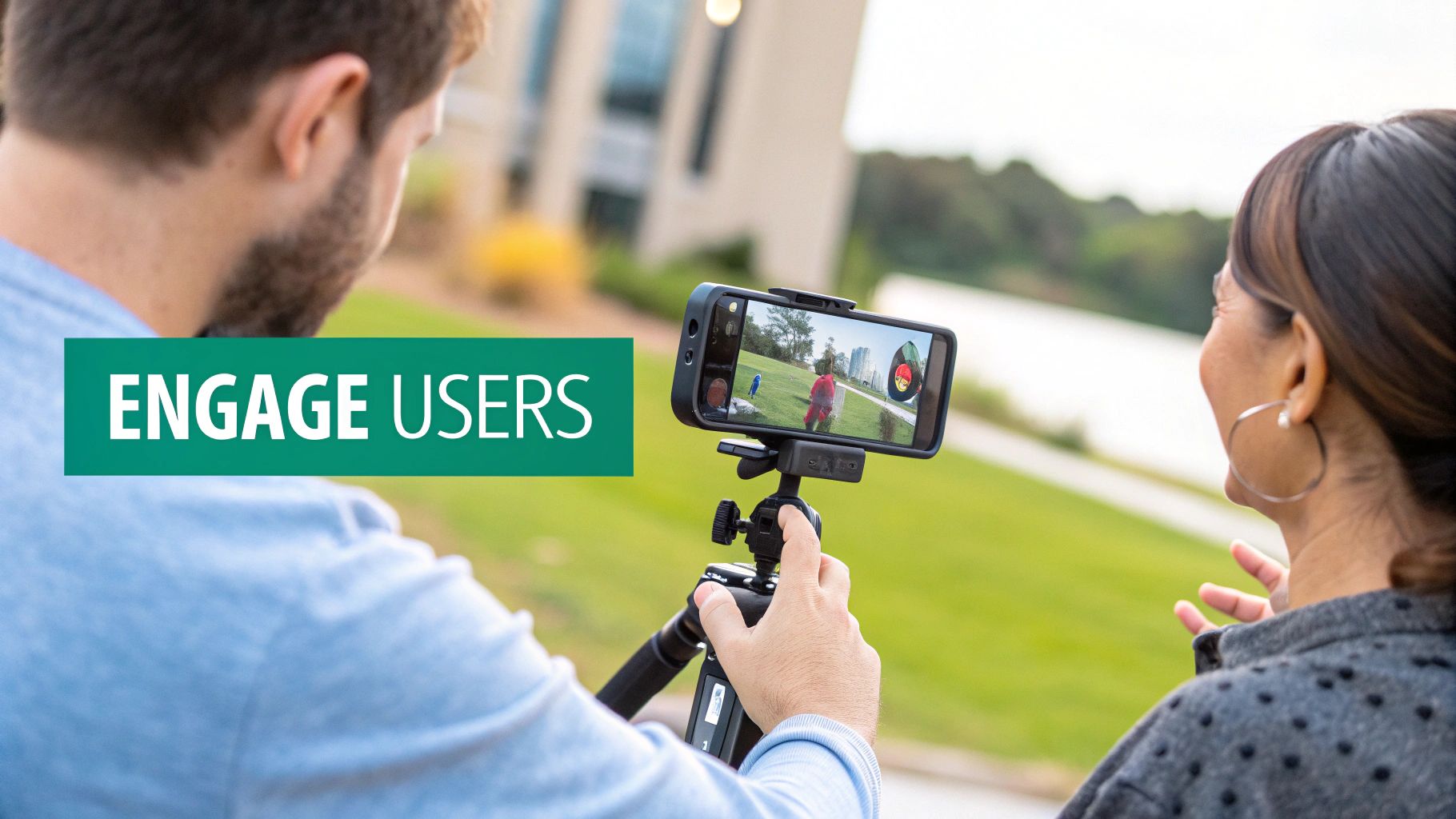
From Passive Scrolling to Active Buying
The whole point is to make shopping feel like a natural, almost instinctive, part of the scrolling experience. This means your distribution plan has to evolve to include content specifically designed to get that click and make a sale.
And this isn't some far-off trend. Social commerce is exploding, with revenues projected to soar to an incredible $1.08 trillion by 2028. This fusion of content and commerce is pushing brands to create interactive, shoppable posts that encourage people to take action right in their feeds. You can dig into the social media statistics worldwide to see just how much consumer habits are shifting.
This is happening right now, and it demands a fresh look at what you share and how you measure success. It's no longer just about likes and shares; it’s about add-to-carts and direct sales.
How to Do It: Practical Steps
So, how do you weave this into your day-to-day strategy? It all starts with using the built-in shopping features on the platforms themselves to create an experience that feels effortless for the customer.
Here are three powerful ways to get started:
1. Turn On Shoppable Posts and Stories: Platforms like Instagram and Facebook let you tag your products right in photos, videos, and Stories. A user sees something they like, taps the tag, and instantly gets the product name and price. One more tap, and they’re on a product page ready to buy. Your content calendar should have a healthy mix of your regular content and these high-impact shoppable posts.
2. Host Live Shopping Events: Think of TikTok and Instagram Live as the new-and-improved home shopping network, but with way more energy and real-time interaction. Use live broadcasts to launch new collections, run exclusive flash sales, or do in-depth product demos. The live format creates a genuine sense of urgency that drives on-the-spot purchases. Just be sure to promote the event beforehand to build up some hype.
3. Use User-Generated Content (UGC) to Build Trust: Let's face it, nothing sells a product quite like seeing a real person loving it. Encourage your customers to post photos featuring your products, and then (with their permission!) showcase that content on your feed. You can even make these UGC posts shoppable, combining authentic social proof with a direct path to purchase. It’s a fantastic way to build trust and win over followers who might be on the fence.
> Key Insight: The best social commerce doesn't feel like a pushy ad. It feels like a helpful, seamless part of the content experience, making it incredibly easy for people to act on their inspiration.
By weaving these tactics into your plan, your social media distribution strategy truly evolves. It stops being a one-way broadcast and becomes a dynamic conversation that drives interaction and, most importantly, real revenue directly from the platforms where your audience already hangs out.
How AI Is Redefining Social Distribution
Let's be honest: artificial intelligence has gone from a tech buzzword to a genuine force multiplier for anyone serious about social media. The best way to think about AI isn't as a replacement for your team but as an incredibly smart assistant. It's the tool that handles the grunt work, crunches complex data and scales your efforts in ways that just weren't possible before. It’s all about working smarter, not just harder.
The practical uses are already here and making a huge difference. With generative AI, you can take a single post idea and instantly spin up dozens of variations—different captions, headlines, or images—to test and see what truly clicks with your audience. A task that once ate up hours of a social media manager’s day can now be done in minutes, giving you a steady flow of optimized content.
This shift is changing how brands operate on a fundamental level. A staggering 90% of businesses using generative AI have reported major time savings. On top of that, 73% are seeing real, tangible improvements in engagement with their AI-assisted content. Brands can now automate much of the creation process for posts and visuals, dramatically speeding up their entire content pipeline. As AI becomes more integrated, it lets brands scale up production, fine-tune their messaging, and maintain 24/7 visibility—all critical in a world where users spend billions of hours on social platforms every day.
Supercharging Content Creation and Personalization
One of the most obvious ways AI is changing the game is in content creation itself. It’s not just about spitting out text. Modern AI tools can help you brainstorm fresh ideas, whip up unique images from a simple prompt, and even outline entire campaign concepts based on trending topics and your own brand's historical performance.
This is a massive win for your team. It frees them from the daily grind of content production so they can focus on what matters: high-level strategy, building a genuine community, and pushing creative boundaries. It’s all about augmenting human creativity, not trying to replace it.
> By handling repetitive tasks, AI gives marketers the space to be more strategic. It’s the difference between being a content factory and becoming a creative powerhouse.
As AI continues to help with both content and strategy, learning how to "talk" to these models effectively is becoming a crucial skill. If you're looking to get more out of your AI tools, it’s worth checking out guides on how to write AI prompts for better results.
Making Smarter, Data-Backed Decisions
Maybe the biggest impact AI is having on distribution is in the world of analytics. AI-powered platforms can dig through mountains of data to spot hidden patterns and predict future outcomes with an accuracy that can feel like a superpower.
This is what moves your strategy from being reactive to predictive. Instead of just looking back at what worked last month, AI can help forecast which content will likely perform best with specific audience segments before you even hit "publish."
This data-first approach opens up some incredible possibilities:
Hyper-Personalization: You can deliver content that feels tailor-made for individual users by looking at their past behavior, interests, and demographics.
Predictive Performance: Get a heads-up on which formats, topics, and tones are poised to drive the most engagement for your brand.
Instant Engagement: Use smart chatbots to answer common questions right away, making sure your audience feels seen and heard around the clock.
When you weave these capabilities into your workflow, AI transforms your social media distribution strategy from a series of educated guesses into a precise, data-backed machine designed to get the most out of every single post.
Choosing Your Social Media Distribution Toolkit
Think of your social media distribution strategy as a detailed recipe for a gourmet meal. You might have the best recipe in the world, but you can't cook it with your bare hands—you need the right kitchen equipment. Your tech stack is what brings that recipe to life, turning your brilliant plan into a series of automated, measurable, and effective actions. Without the right tools, even the most well-thought-out strategy will buckle under the pressure of manual, repetitive work.
Your toolkit is essentially your command center. It’s the collection of software and platforms you'll use to schedule posts, dig into performance data, listen in on audience chatter, and design eye-catching visuals. The point isn't to hoard a bunch of different apps but to assemble a smart, cohesive system where every tool has a clear purpose that pushes you toward your goals.
Core Tool Categories for Your Strategy
A solid toolkit for social media distribution usually stands on three main pillars. Each one handles a different, crucial part of the process, from creating the content to measuring its impact.
1. Scheduling and Automation: This is your mission control. Tools like Buffer or Sprout Social allow you to map out your content calendar weeks or even months ahead of time, pushing posts live at the best possible moments. This keeps your identity consistent without you having to be glued to your screen 24/7, which frees you up to think about the bigger picture.
2. Analytics and Social Listening: These are your eyes and ears on the ground. With platforms like Brandwatch, you can track key metrics, figure out what content is hitting the mark, and keep tabs on what people are saying about your brand, your industry, and your competitors. This is how you move from guesswork to making sharp, data-driven decisions.
3. Content Creation: Welcome to your creative studio. Tools like Canva have democratized design, making it surprisingly easy to create professional-looking graphics, carousels, and videos formatted perfectly for each social network. In a world of short attention spans, high-quality visuals are non-negotiable, and these tools put that power in everyone's hands.
> Key Insight: The best toolkit isn't necessarily the most expensive one. It's the one that works together seamlessly to automate tasks, deliver clear data, and empower your team to bring your strategy to life efficiently. Your tools should make your job easier, not more complicated.
Integrating Platform-Specific Growth Tools
While all-in-one tools are fantastic for managing your visibility across multiple networks, sometimes you need a specialist. This is especially true for channels that are critical to your growth, like Instagram. Here, bringing in a platform-specific tool can be a total game-changer.
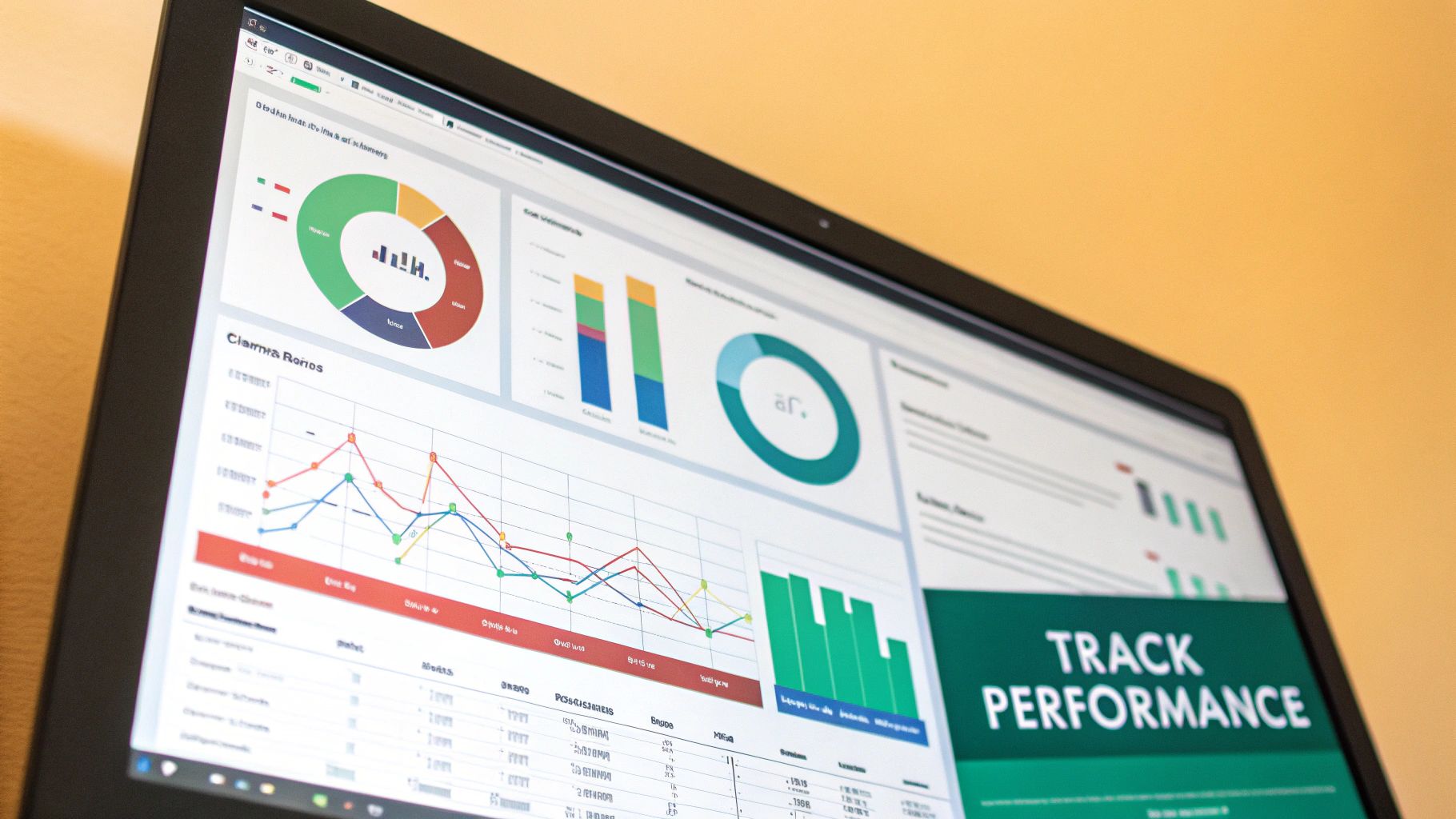
For instance, a service like Gainsty is built from the ground up to do one thing exceptionally well: accelerate organic follower growth on Instagram.
By focusing on a single platform, these specialized tools offer much deeper insights and more effective growth tactics than a general-purpose scheduler ever could. Weaving a tool like this into your broader toolkit ensures your most important channels get the dedicated focus they need to deliver outstanding results.
Ultimately, selecting your tools is a foundational part of building a successful plan. For a deeper look at how all these moving parts connect, check out our complete guide to creating a social media marketing strategy. It will help you make sure every tool you adopt has a clear purpose and aligns perfectly with your bigger business goals.
Measuring What Matters and Optimizing Your Strategy
Your social media distribution plan isn't something you can just set up once and walk away from. The best strategies are living, breathing things that need constant attention and tweaking to stay sharp. This means getting into a rhythm of continuous improvement, where you're guided by hard data, not just guesswork.
It’s tempting to get caught up in "vanity metrics" like likes and follower counts. They feel good, but they rarely tell you the whole story. The real gold is in the numbers that show how your social media efforts are moving the needle for your business.
Shifting Focus to Actionable Metrics
To get a true read on performance, you have to track metrics that measure what people do, not just what they see. These are the numbers that reveal if your strategy is working.
Here are the big ones to watch:
Engagement Rate: This is so much more than likes. It includes comments, shares, and saves—all the ways people actively interact with your content. It’s a powerful signal that you’ve posted something genuinely relevant and interesting.
Click-Through Rate (CTR): This is simple but crucial. It’s the percentage of people who saw your post and clicked the link. A high CTR tells you your content and call-to-action were compelling enough to get someone to leave their feed and head to your website.
Conversion Rate: This is the bottom-line metric. It tracks how many of those clicks turned into a desired action, whether that’s a newsletter signup, a download, or a purchase.
Focusing on these metrics changes the question from "Did people like our post?" to "Did our post-drive meaningful action?" That shift is what separates a passive social media presence from a results-driven social media distribution strategy.
The Continuous Improvement Feedback Loop
To make this all work, you need a system. The best one is a simple but powerful feedback loop: Distribute, Measure, Analyze, and Optimize. Then, you do it all over again. This framework is what turns raw data into smart decisions, ensuring your strategy gets better and better over time.
> Key Insight: Your social media data is a direct conversation with your audience. They're telling you exactly what they want to see, what they ignore, and what makes them act. The key is to listen and respond accordingly.
For instance, let's say you notice your carousels consistently get a higher engagement rate than your single-image posts. The data is practically screaming at you to make more carousels. Or maybe a post linking to your new blog gets an incredible CTR, but the conversion rate on the landing page is terrible. You've just learned the problem isn't your social post—it's the page you're sending people to.
If you want to get even deeper, you can explore our full guide on how to measure social media success and build a truly robust reporting system.
This ongoing optimization cycle is what turns a good strategy into a great one. It stops you from just throwing content at the wall to see what sticks and empowers you to make calculated, data-backed decisions that drive real results.
Frequently Asked Questions
Do you have a few lingering questions about putting a distribution strategy into practice? Let's clear up some of the most common ones so you can move forward with confidence.
What’s The Difference Between Promotion and Distribution?
It’s easy to mix up "promotion" and "distribution," but they’re not the same thing. Think of it this way: content promotion is like running a Super Bowl ad for a new product. It’s a big, targeted, often expensive push designed to get maximum eyeballs on one specific thing at one specific time.
A social media distribution strategy, however, is the entire game plan. It’s not just the ad; it’s deciding which channels to advertise on, what the ads will look like, when they will run, and how you’ll follow up. Distribution is the ongoing, strategic system for getting all your content in front of the right people, while promotion is just one of the tactical plays you might run.
How Can a Small Business Create an Effective Distribution Strategy?
You don't need a huge budget to build a great distribution strategy. For small businesses, it's all about being focused. Forget trying to be everywhere at once. Zero in on the one or two social platforms where your customers hang out.
The secret is to create high-value "pillar" content that you can slice and dice. A single, in-depth blog post, for instance, can be repurposed into a full week’s worth of social media updates:
A sharable carousel for Instagram.
A slick infographic for LinkedIn.
A quick, attention-grabbing video for TikTok or Reels.
And don't underestimate the power of community. Focus on genuine engagement and encourage user-generated content (UGC). When you share photos and videos of real customers enjoying your products, you build a level of trust that money simply can't buy.
How Often Should I Post on Social Media?
This is the million-dollar question, but there's no single magic number. Consistency and quality will always trump sheer volume. It’s far better to post three amazing pieces of content a week that people love than to post seven mediocre ones that get scrolled right past.
As a general rule of thumb, aiming for 3-5 high-quality posts per week on platforms like Instagram and Facebook is a solid start. A faster-moving platform like X (formerly Twitter) might call for 1-3 posts a day. But treat this as a starting point, not a hard-and-fast rule.
> Your analytics are your best friend here. The data will show you exactly when your audience is online and ready to engage. Use that insight to build a schedule that works for them, and don't be afraid to tweak it as you see what resonates.
Are you ready to stop guessing and start seeing real Instagram growth? Gainsty combines smart technology with expert human strategy to help you attract genuine, engaged followers—no bots or fake accounts, ever. See how it works and start building a community that cares. Learn more at https://www.gainsty.com.

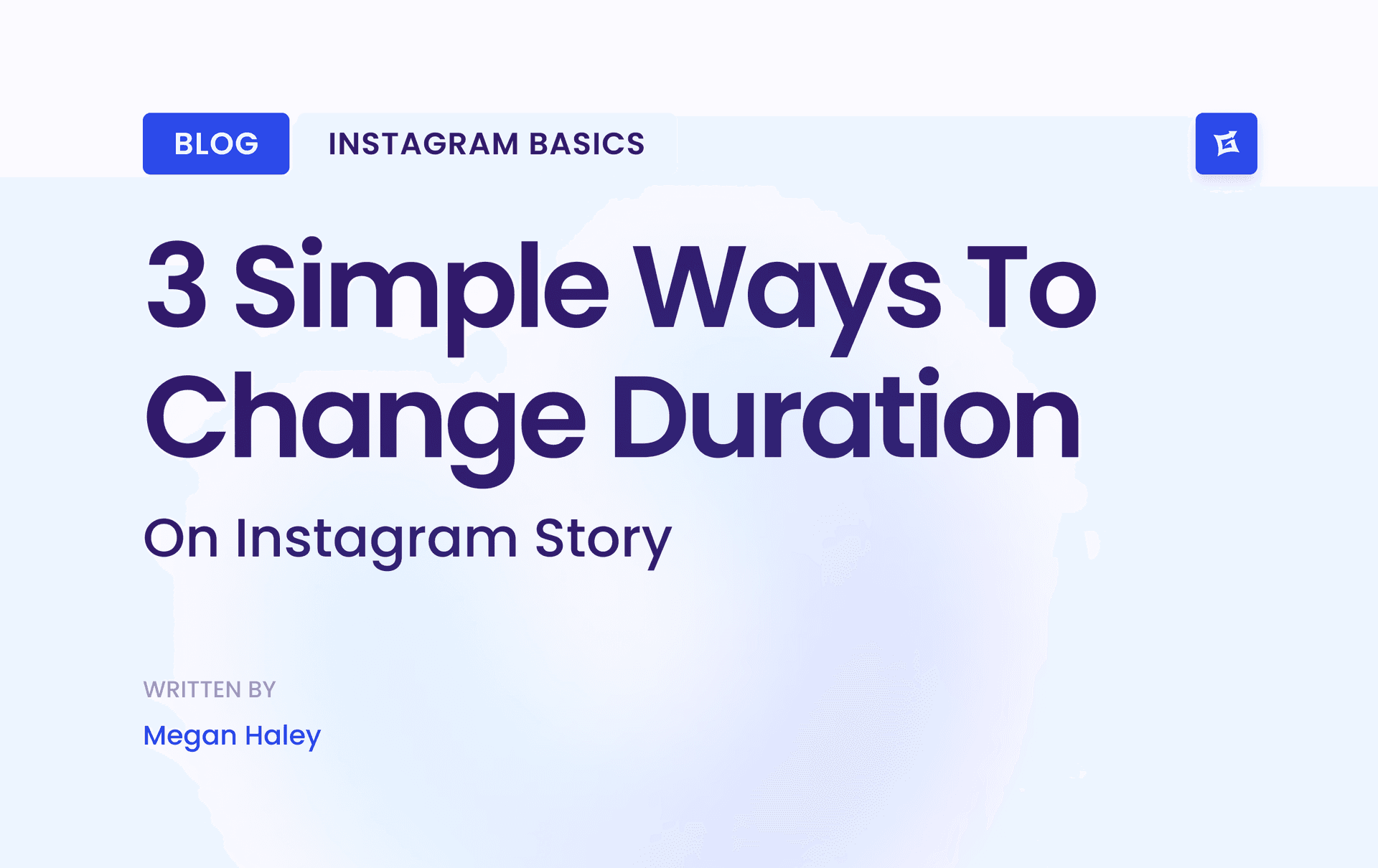
.png&w=1920&q=75&dpl=dpl_9XSWKBjhcBN6v6b1SN7m3p1WWjfr)
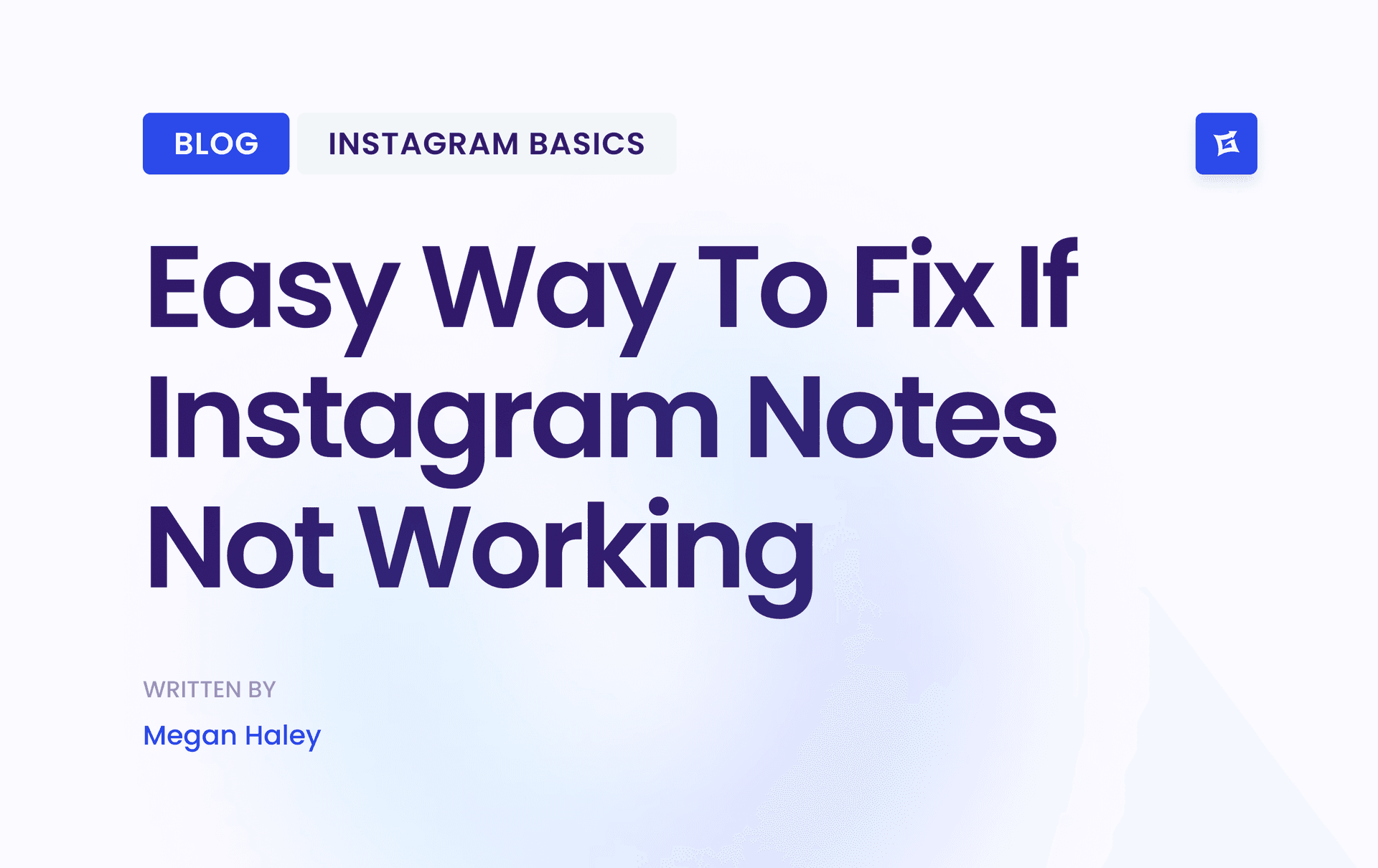
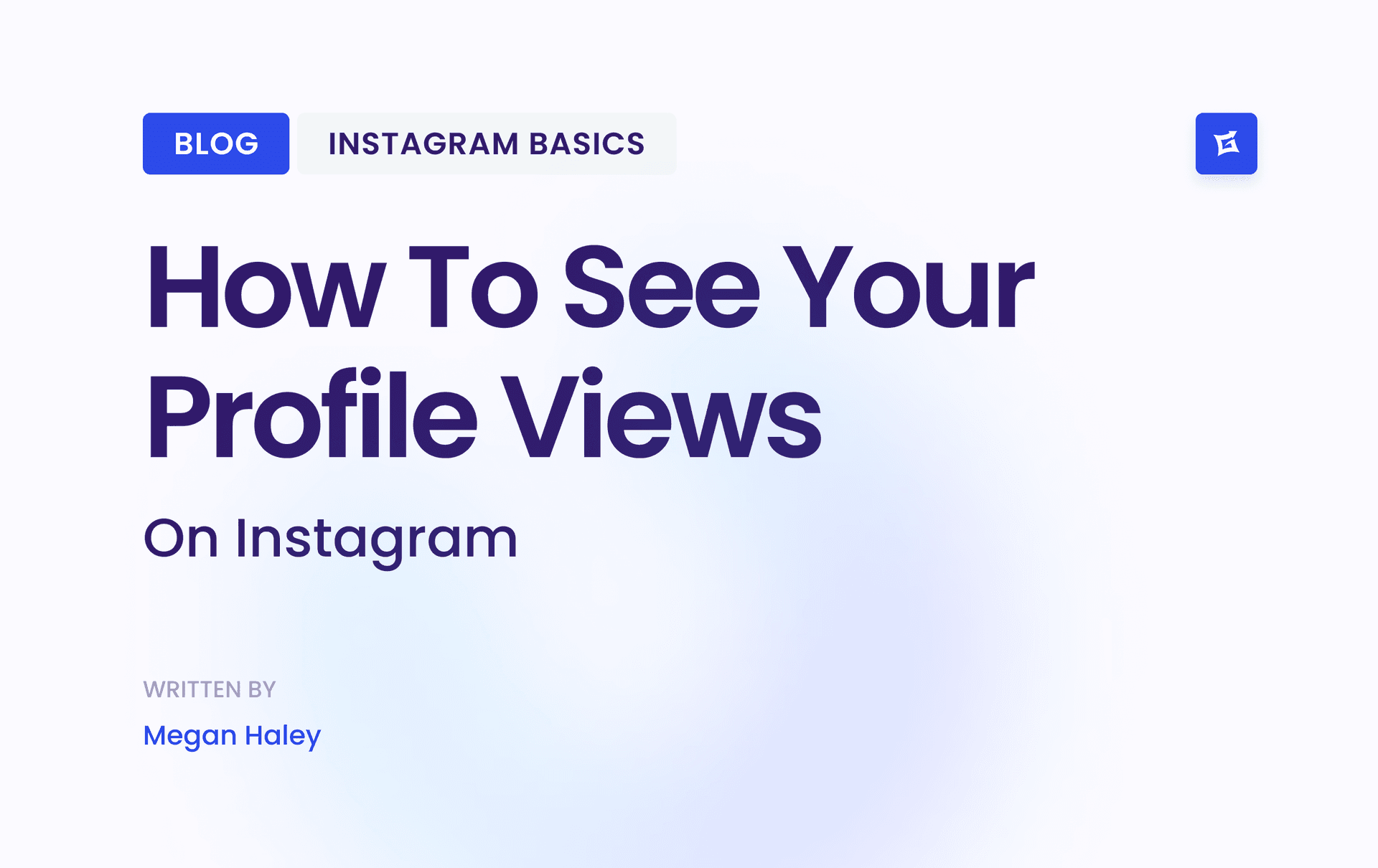
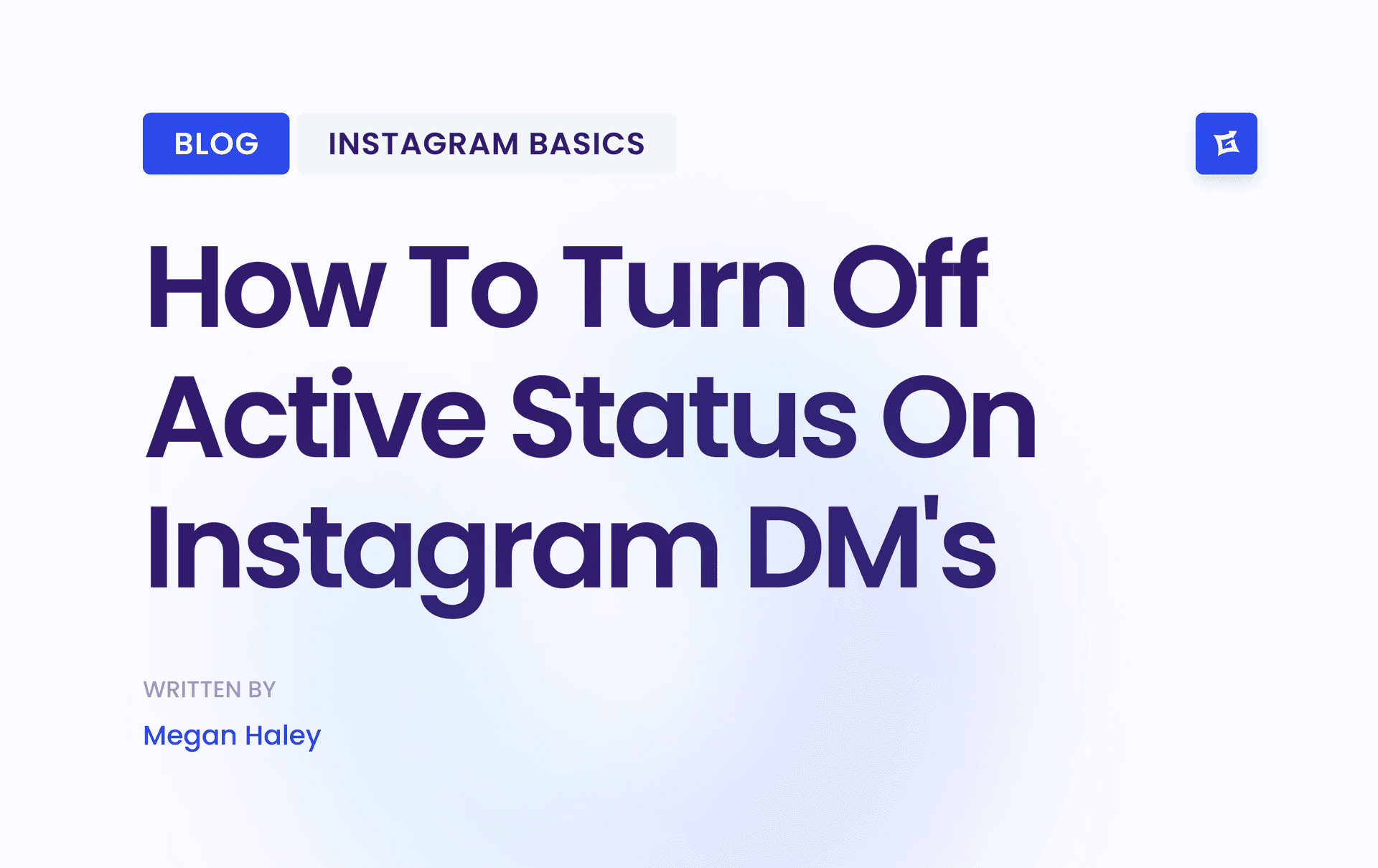
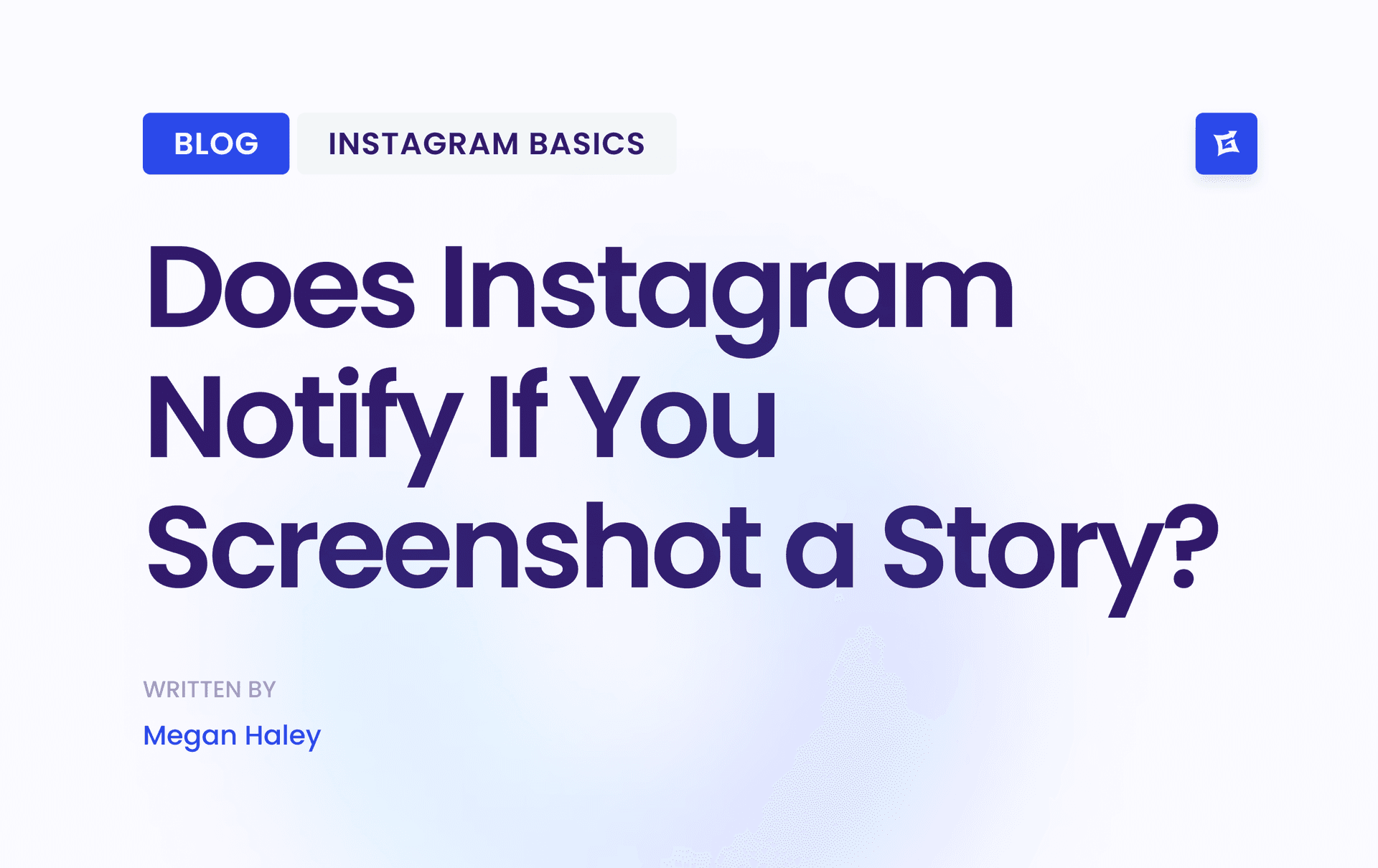



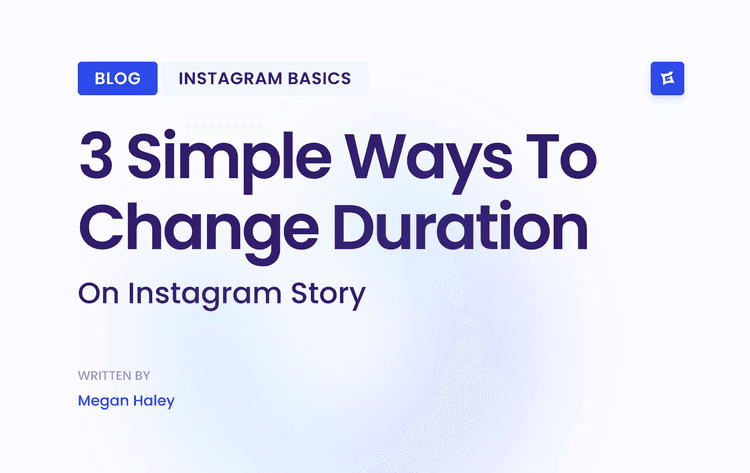
.png&w=750&q=75&dpl=dpl_9XSWKBjhcBN6v6b1SN7m3p1WWjfr)
